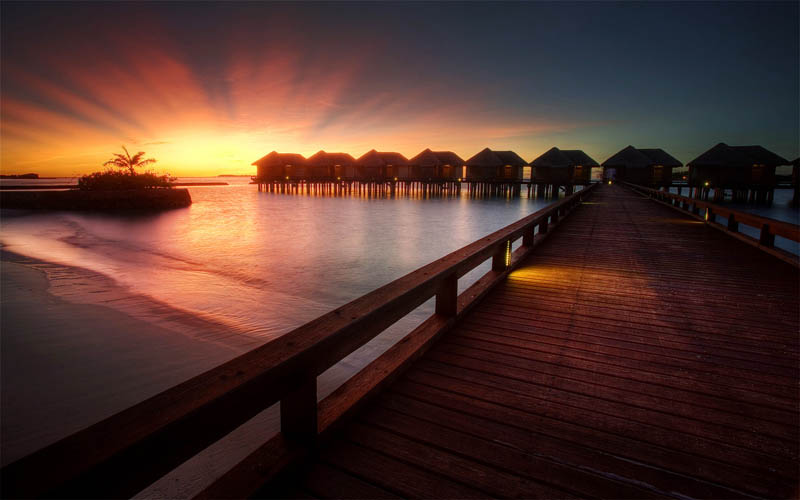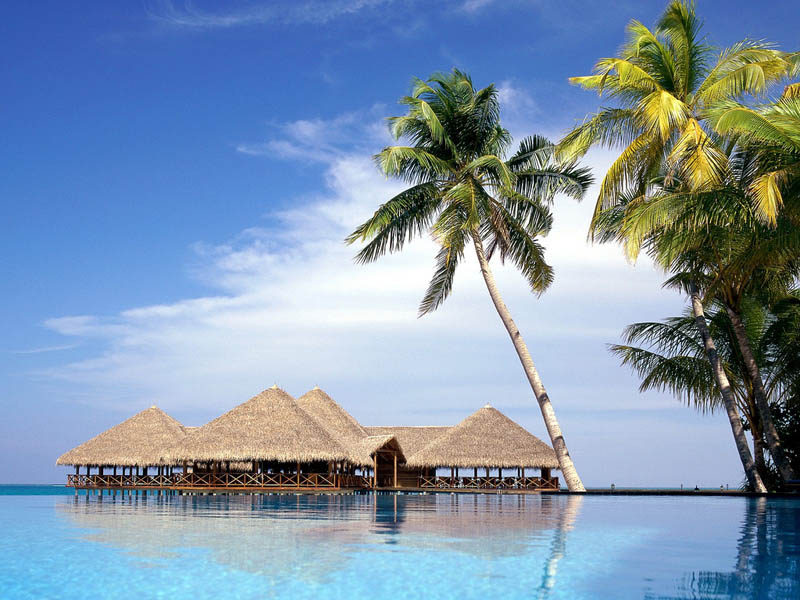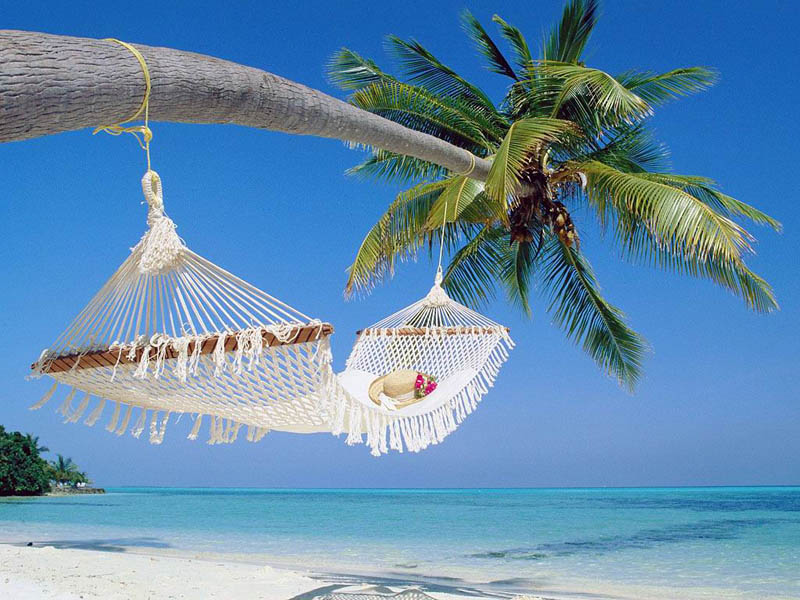8:29 PM
Beautiful Images of Maldives Part Two
kerala friend

THE MALDIVES Continued
- The Maldives is a presidential republic, with the President as head of government and head of state. The President heads the executive branch and appoints the cabinet which is approved by the Peoples Majlis (Parliament)
- Following the introduction of a new constitution in 2008, direct elections for the President take place every five years, with a limit of two terms in office for any individual. The current President is Mohamed Nasheed
- Members of the unicameral Majlis serve five-year terms, with the total number of members determined by atoll populations. At the 2009 election, 77 members were elected. Prior to 2008, Maldives did not have a constitution which guaranteed fundamental human rights. For 30 years, from 1978 until 2008, Maumoon Abdul Gayoom was president of the country
- As of April 2008, more than 70,000 foreign employees live in the country and another 33,000 illegal immigrants comprise more than one third of Maldivian population. They consist mainly of people from the neighboring South Asian countries of India, Sri Lanka, Bangladesh and Nepal
- Islam is the only official religion of The Maldives. The open practice of all other religions is forbidden and such actions are liable to prosecution under the law of the country
- Nature has fragmented the archipelago into 1,190 tiny islands that occupy a mere one per cent of its 90,000 km2 territory. Only 185 islands are home to its 300,000 population, while the other islands are used entirely for economic purposes of which tourism and agriculture are the most dominant
- Tourism accounts for 28% of GDP and more than 60% of the Maldives foreign exchange receipts. Over 90% of government tax revenue comes from import duties and tourism-related taxes

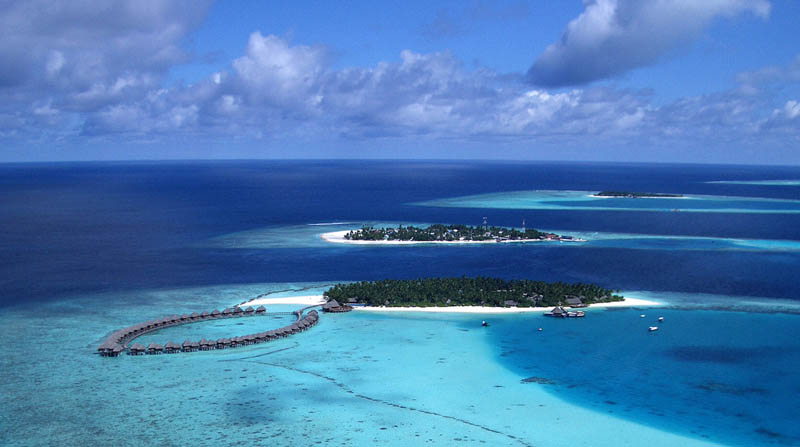

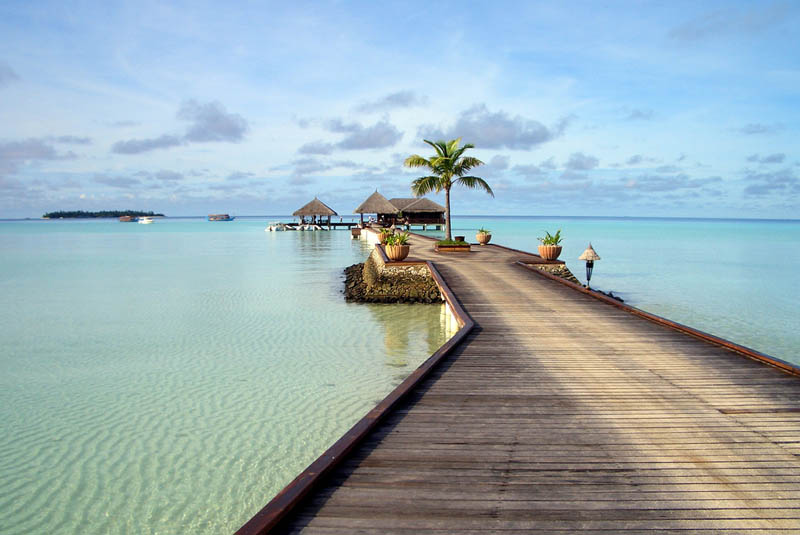


THE 2004 EARTHQUAKE/TSUNAMI
On 26 December 2004, following the 2004 Indian Ocean earthquake, the Maldives were devastated by a tsunami. Only nine islands were reported to have escaped any flooding, while fifty-seven islands faced serious damage to critical infrastructure, fourteen islands had to be totally evacuated, and six islands were destroyed
- The destructive impact of the waves on the low-lying islands was mitigated by the fact there was no continental shelf or land mass upon which the waves could gain height. The tallest waves were reported to be 14 feet (4.3 m) high

